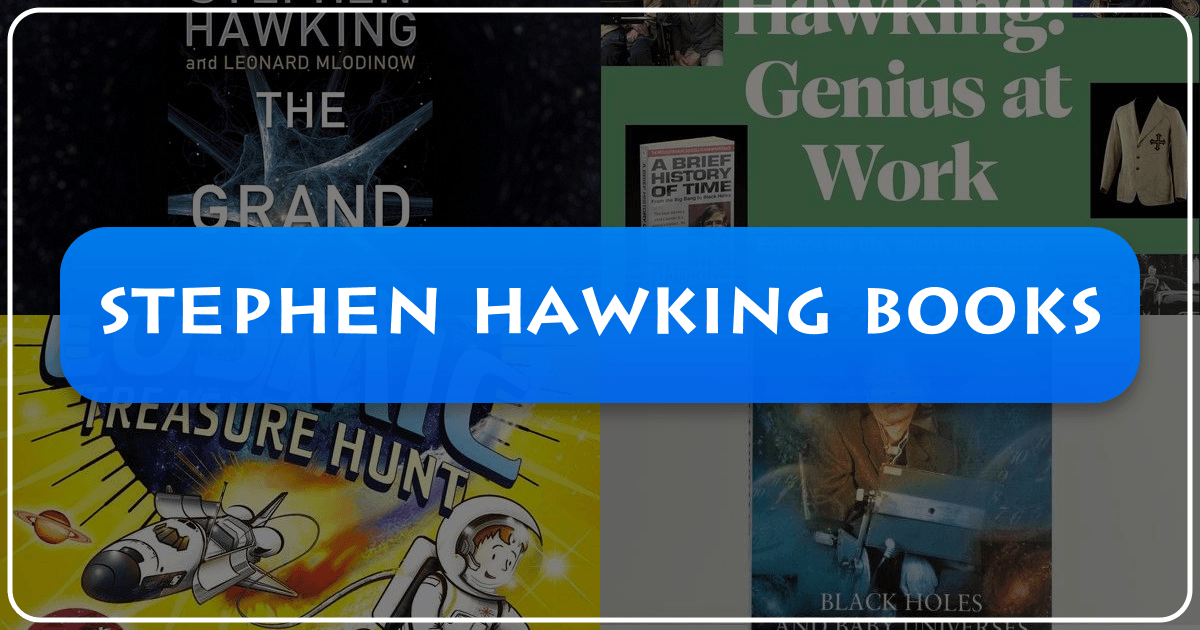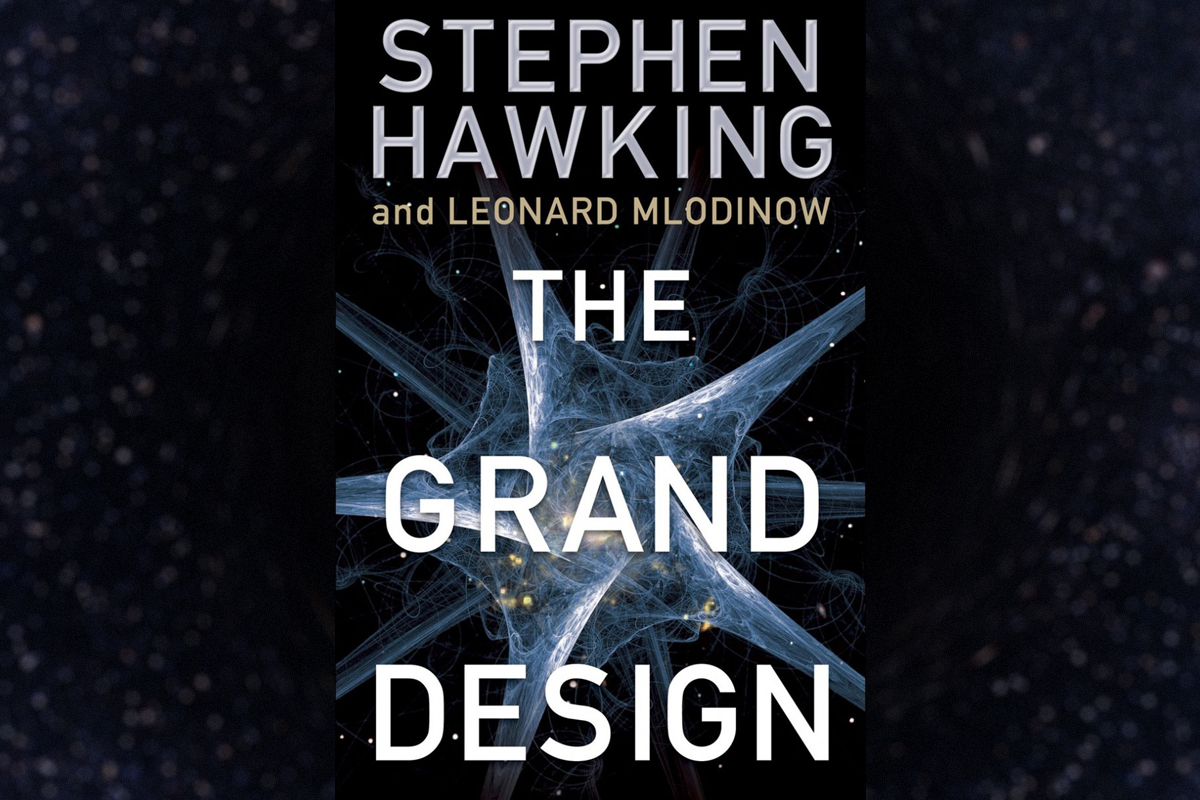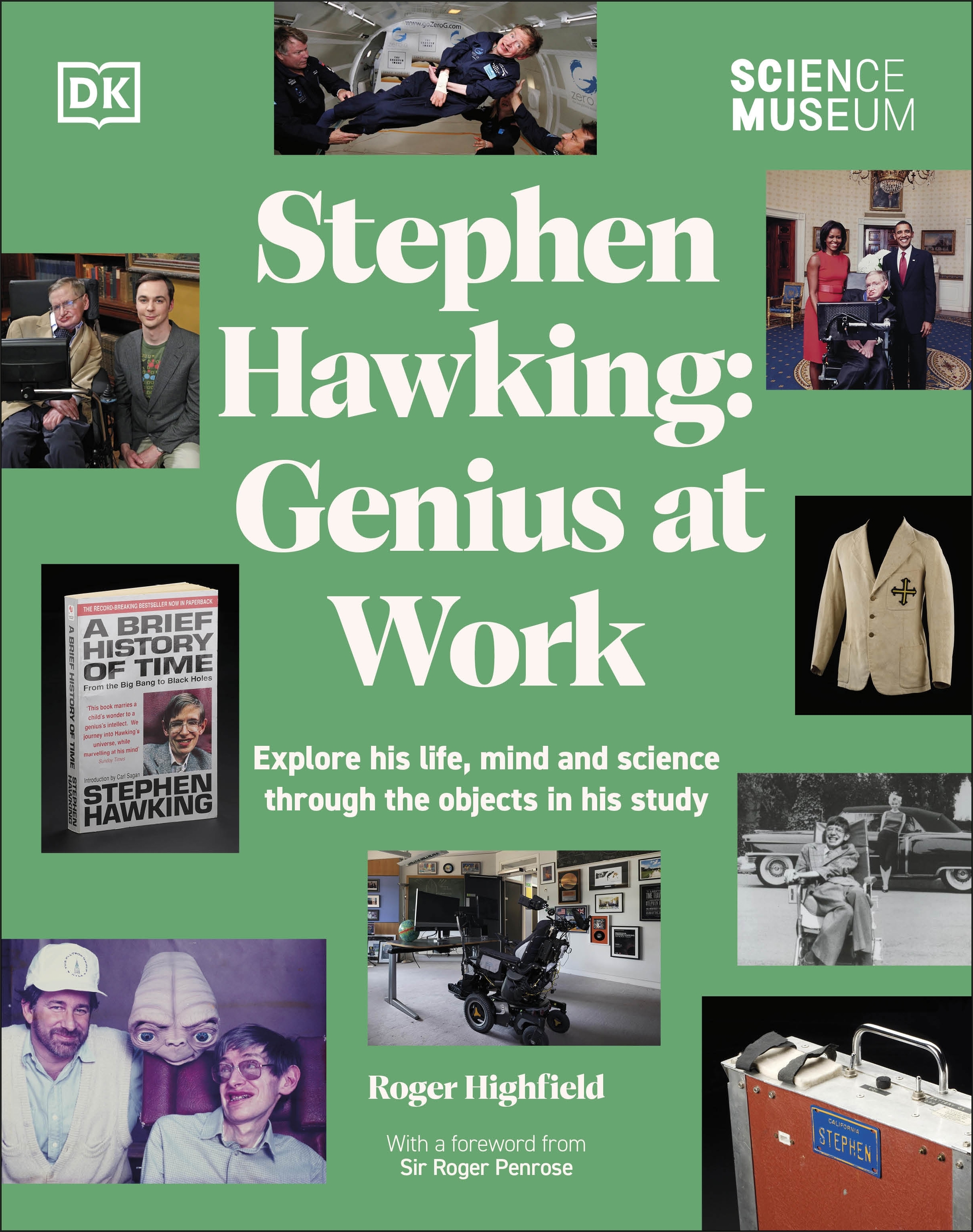Stephen Hawking Books: A Comprehensive Guide

Stephen Hawking, a name synonymous with groundbreaking contributions to theoretical physics and cosmology, also left behind a rich legacy of accessible and engaging scientific writing. His books, spanning various genres and target audiences, have captivated readers worldwide, making complex scientific concepts understandable and inspiring a new generation of scientists and thinkers. This comprehensive guide explores Stephen Hawking’s literary output, delving into the genres, themes, impact, and legacy of his remarkable body of work.
Hawking’s Literary Landscape: Genres and Themes

Stephen Hawking’s books transcend the traditional boundaries of scientific literature. He skillfully blended scientific rigor with compelling narrative, making even the most esoteric concepts accessible to a broad audience. His works fall into several distinct categories:
Popular Science Classics
Hawking’s magnum opus, A Brief History of Time (1988), stands as a cornerstone of popular science writing. Its phenomenal success stemmed from Hawking’s ability to translate complex theories of cosmology, including the Big Bang, black holes, and the nature of time, into a readable and engaging narrative. The book tackled profound existential questions about the universe’s origins and ultimate fate, resonating with readers far beyond the scientific community. This success sparked a wave of popular science books, demonstrating the public’s appetite for scientific knowledge when presented accessibly.
The enduring popularity of A Brief History of Time led to a revised and expanded edition, A Briefer History of Time (2005), which further simplified the original’s complex concepts, making it even more accessible to a wider range of readers. This move underscores Hawking’s dedication to sharing scientific knowledge and his understanding of the educational needs of diverse readerships.
The Grand Design (2010), co-authored with Leonard Mlodinow, continued this tradition of tackling profound questions about the universe’s creation and the nature of reality. This collaboration further broadened Hawking’s reach, incorporating the perspectives of another leading scientist and enriching the book’s philosophical and scientific scope. It provided fresh insights into M-theory, a potential “theory of everything,” and offered a scientific perspective on the existence of God, stimulating public discourse and debate.

Essays and Collections
Black Holes and Baby Universes and Other Essays (1993) presents a collection of Hawking’s essays, showcasing his diverse interests and offering a glimpse into his thought processes. These essays covered a range of topics, highlighting his intellectual curiosity and providing insights into his personal reflections on scientific challenges and advancements. The varied topics and styles within the collection provided a more nuanced understanding of Hawking’s perspectives, reaching a wider audience seeking a blend of science and personal narrative.
Autobiographical Works
My Brief History (2013) provides a deeply personal and moving account of Hawking’s life, tracing his journey from childhood to his remarkable scientific career and his ongoing battle with ALS. This intensely personal narrative offered readers a unique and intimate portrait of a man whose scientific achievements were only one facet of a multifaceted life.

Children’s Literature
Hawking’s collaboration with his daughter, Lucy, resulted in a series of children’s books, including George’s Secret Key to the Universe. These engaging stories use adventure and fictional characters to explore scientific concepts, demonstrating Hawking’s commitment to nurturing scientific interest in younger generations. These books, accessible to a younger audience, proved that complex science could be made engaging and age-appropriate, broadening the accessibility of scientific knowledge to the next generation.
Lectures and Adaptations
Hawking’s lectures, such as Black Holes: The BBC Reith Lectures (2016), were translated into book form, providing readers access to his engaging and insightful discussions of cutting-edge research. The accessibility of these lectures broadened his impact to those less likely to have access to formal presentations or scientific publications. The lectures also reflect the evolution of Hawking’s thought and research, keeping his audience informed of his continued exploration and discovery within the scientific community.
His works have also been adapted into various forms of media, including the Oscar-winning film The Theory of Everything, further extending his reach to those who might not have engaged with his writing directly. The film humanized Hawking’s story and achievements, bringing his contributions to a broader audience. This cultural translation is indicative of his global impact and the far-reaching effects of his work on many different spheres of society.
Hawking’s Writing Style: Clarity and Accessibility
One of Hawking’s most significant achievements was his ability to communicate complex scientific ideas with exceptional clarity and simplicity. He avoided technical jargon whenever possible, employing analogies and metaphors to illustrate abstract concepts, making his books engaging for both science enthusiasts and the general public. This accessibility made the thrill of scientific discovery available to a vast and diverse readership.
He also infused his writing with a distinct sense of humor, often injecting witty remarks and self-deprecating anecdotes into his narratives. This approach successfully balanced complex topics with humor and humanity, engaging a broad readership while also humanizing the pursuit and exploration of scientific knowledge.
Educational Value and Impact
Hawking’s books have profoundly impacted science education and popular understanding of the universe. His clear and concise explanations of complex theories have inspired countless students and amateur astronomers to pursue scientific studies. He also helped foster an appreciation for scientific thought amongst a broader audience, demonstrating the value and accessibility of scientific discovery.
His focus on making complex science accessible opened doors for the next generation of scientists and thinkers. His literary achievements effectively democratized science, inspiring a more diverse range of individuals to pursue scientific endeavors. This ripple effect has led to a growing interest in STEM fields.
Cultural Impact and Legacy
Hawking’s impact extends beyond the realm of science education. His captivating stories, engaging style, and inspiring life story have made him a globally recognized figure, transcending cultural boundaries and inspiring millions. His work helped transform the perception of science as a complex and distant subject, transforming it into a more engaging, human, and accessible aspect of modern life.
His books’ enduring popularity is a testament to his ability to bridge the gap between scientific expertise and general public understanding. He successfully challenged traditional perceptions of scientific writing, creating a model for accessible science that many authors have followed.
His legacy continues to influence both science and broader culture. His books remain widely read, inspiring a thirst for scientific knowledge and shaping perceptions of science as a creative, engaging, and vital pursuit.
Conclusion: A Lasting Legacy
Stephen Hawking’s books stand as a remarkable achievement in scientific communication. His ability to explain complex concepts in an engaging and accessible manner has left a lasting impact on the way science is presented and understood. His works, spanning genres and reaching a global audience, remain a powerful testament to the power of science to inspire, inform, and provoke, and will continue to stimulate scientific curiosity and discussion for generations to come. His legacy extends beyond the realm of physics; his contribution to popular science literature has helped to bring science to the forefront of public consciousness and has undoubtedly inspired numerous individuals to pursue their own scientific passions.